
For many parents this year, the back-to-school season is fraught with challenges, from whether to send your child back to a classroom or grappling with balancing work and remote learning at home.
And for the first time ever, many parents are trying out homeschool in place of a traditional classroom setting.
Regardless of what your child's school year might look like, we wanted to get some helpful tips from a true homeschooling pro. Annie Haas is a Waldorf homeschool Mother of 3 children who chronicles much of her activities and lessons on her beautiful Instagram account The Child is the Curriculum.
Here are some of Annie's tried-and-true tips for teaching children at home.
How to Structure the Day
There is an underlying pressure and a sort of programming that we all have to collectively follow a traditional school day. Even if it is subconscious, it is there! It is a very difficult program to break! If you are new to homeschooling, it might be wise to read some unschooling books to help relax this mindset as an adult.
Homeschoolers often relax more and more every year naturally as they begin to realize that yes, their children are learning! After you have reassured yourself that non-traditional learning and learning from real life is OK, then you may want to figure out what kind of traditions you want to add in for your homeschool.
What anchors your days? Your weeks? Months? Years? Perhaps you want to add or highlight some yearly festivals, weekly rhythms such as a baking or painting day, or perhaps you have outsourced music lessons once a week. These are the types of anchors you can begin adding. Plugging your anchors into your year will really help build a skeleton for your specific homeschool. Now you have a structure that is truly yours, rather than coming from the outside.

Ultimately, Steiner said we do not need to be experts in any field to be great teachers of that subject. Being an expert and being a great teacher are two separate things. One can be a great mathematician, yet a horrible teacher. One can also be a mediocre math person, but teach what they know in an incredible way! Keep this in mind before writing off your own teaching abilities.
Find Your Family Rhythm
Many people think that it is hard to find rhythm, but it is actually already there!
Every family already has some kind of a meal rhythm (breakfast, lunch, dinner for example) and if not, that is a great place to start! We can really only “fit” homeschooling in between meals, so we structure our lessons in between breakfast and lunch... and again between lunch and dinner.
Children work best on full stomachs with enough energy for using their whole selves in their lessons! We put daily chores after lunch because they use energy from the meal to get them done! Then some outside play time before afternoon lessons.
You will have to get to know your children well over time to discover what type of work they will do better in the morning lessons and which in the afternoon. Typically in Waldorf, a main lesson happens between 8-10 in the morning and extra lessons (music or craft) happen in the afternoon. Waldorf homeschoolers however, have the freedom to organize their day however it works for them! 1st graders may not be ready for a full day, they may still need a half day. Adjust accordingly, especially if they show signs of being worn out.
Steiner said that 1st Grade is not about accomplishment, but an introduction to lesson learning. If you wait until they are ready, after the change of teeth starts, then they will be very naturally eager to learn from you, and you will be working with the flow of their consciousness!

Setting Up a Homeschooling Space
I constantly refresh my homeschool spaces depending on what we are studying. I set up cubbies and shelving with displays of what we are doing. I change out our seasonal table and create festival areas. Also, I have more permanent areas for supplies, a large table for crafting and making, a water drinking station, and many bookshelves organized by types.
We have drawing and painting boards, plenty of paper for spontaneous art making and quality paper for lessons. We have a whole set of cubbies just for art itself that is always out, and we just recently invested in a giant chalkboard! I usually do a good chalkboard drawing for each main lesson block we are in.
We also have a woodworking area where we keep chisels, wood, and sandpaper! We have an extra fridge in the garage where we keep mixed watercolors or bags of wet clay so they don’t get moldy.
How to Find and Choose Curriculum
Being a Waldorf homeschooler, I am very much into Anthroposophy. It is the reason I chose Waldorf, and the lifeblood for my homeschool.
What is anthroposophy? It is the study of the human being, the whole human being. Modern life and science really often leave out the whole human being. Both teachers and their students are not only physical beings, but have this rich inner life going on all the time, as well as a changing consciousness as we age! There is no curriculum that addresses this quite so much as Waldorf, and I like my resources to be as anthroposophical as possible.

My absolute favorite resource for this is Steiner’s education lectures themselves! It is a very dense reading, that requires much work and effort on our part to digest. Steiner said this work is necessary because it helps us develop our own selves!
I have created an online study group so Waldorf homeschoolers can find inspiration in his lecture and discuss them! My other favorite resources are Charles Kovacs books, Angela Lord’s books and other books from Steiner Books website or Anthroposophical Press. Many great books for my children come from Floris Books or waldorfbooks.com. I post many more resources I use on our website in the community forum!
We also use non-Waldorf books and sprinkle “Steiner dust” on them. My friend Marina from Waldorf in Freedom made that up! What does that mean? It means that we can use any resource and “Waldorfise it” by digesting the information and then bringing that to the child through our own creative selves. We use our imagination to bring it artistically in our speech, our art, and our own unique ideas. We may find parables or find a way to bring it in a non-abstract way. Studying Steiner’s lectures really makes this practice come alive!
Whatever resources you ultimately choose, what makes it Waldorf is that you study the whole human being, and that you practice putting your own soul into lessons before presenting it to the children.

Tips for Remote Teaching from a Traditional School
Add in whatever may be lacking in the lessons. Can you balance out all the head work with some crafting? Take whatever they are studying and try some very simple art making with basic supplies (watercolor paints preferred over drawing if the child has no drawing experience, it keeps things more fluid and prevents frustration!). Also try working with clay or felt or woodworking related to what they are studying. Try to bring as many arts and crafts as you can.
Try to bring in music in as well! Even if it is singing just a simple song. Try to bring in soul into their day too with moments of reverence with poetry or verses.
Also read magical stories that feed their feeling life! If they are studying Greece in a traditional way for example, have them read some really exciting Greek fiction, make some Greek food, and try to go to a Greek festival with music! It will all depend upon the age, but Steiner said that the best way for children between ages 7-14 to remember their lessons their whole life, is to appeal to their feelings! It is mood that will commit things to memory! Not just intellect and facts. So if they have a fact-heavy curriculum, balance it out with feelings and the arts!
How to Help Older Children Learn at Home
Steiner said the biggest mistake in education from age 7-14 is that it is far too intellectual. Many things suited best for high school or college are pushed down into the younger grades and aren’t ideal.
This age group really learns best when things are brought through their feeling life, as well as through crafting and art and music. Parents and teachers should ask themselves how to bring these topics to life more creatively.
How can I make it less abstract? What ways can I make it more human? How can I connect this to real life? How can I start to see the world through their perspective so that I know how this will best be received? How can this lesson not only live lively in them now, but be one they will remember even as an adult? How can I plant seeds now that will blossom later in their life? How can I preserve their childhood and age their are now while still challenging them and engaging them? How can I not rush them through childhood, but really have them really live fully the age that they are now? How can I myself improve myself do I can usher these beautiful souls through life? How can I see this as a very meaningful and divine job?


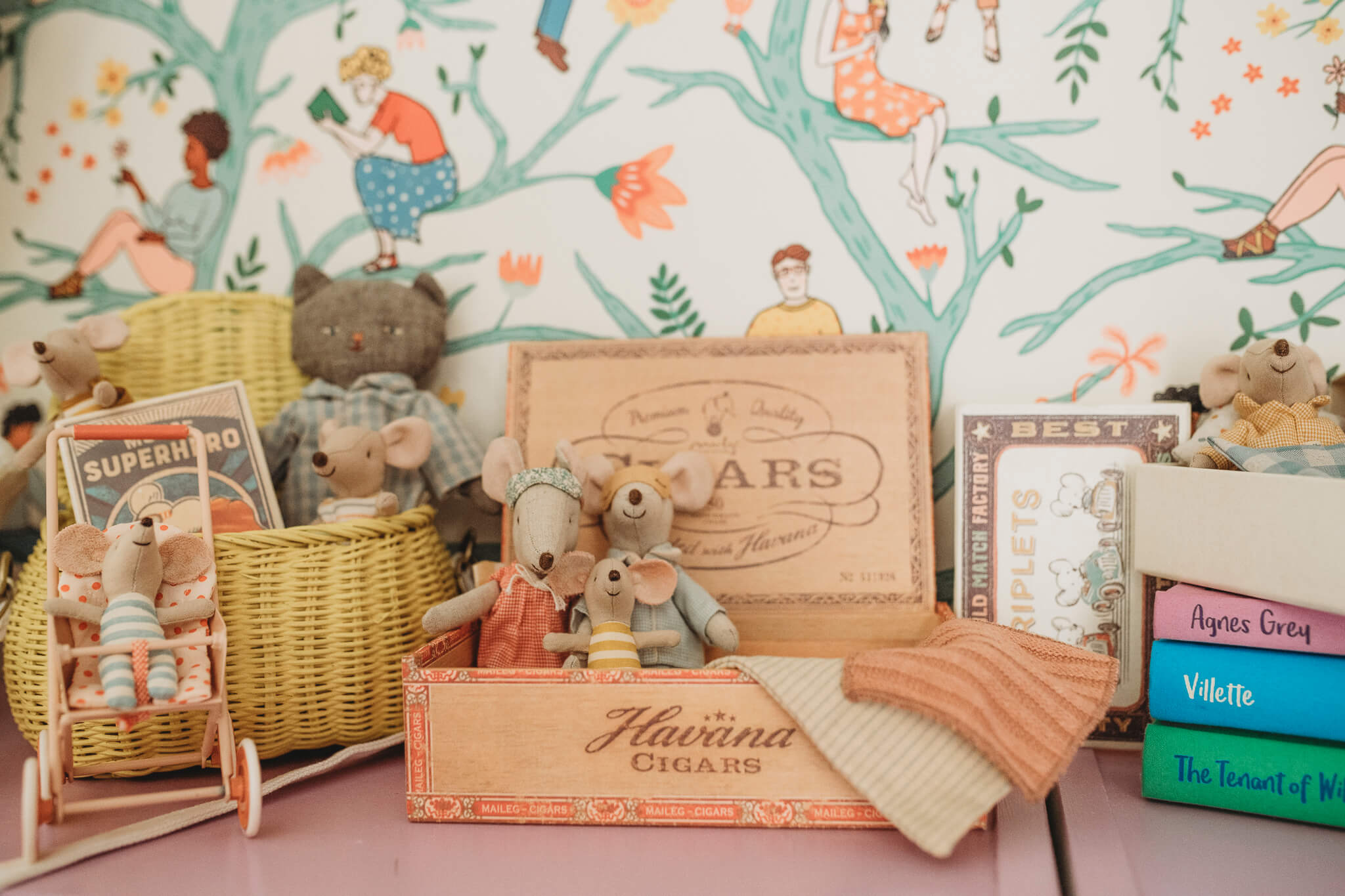
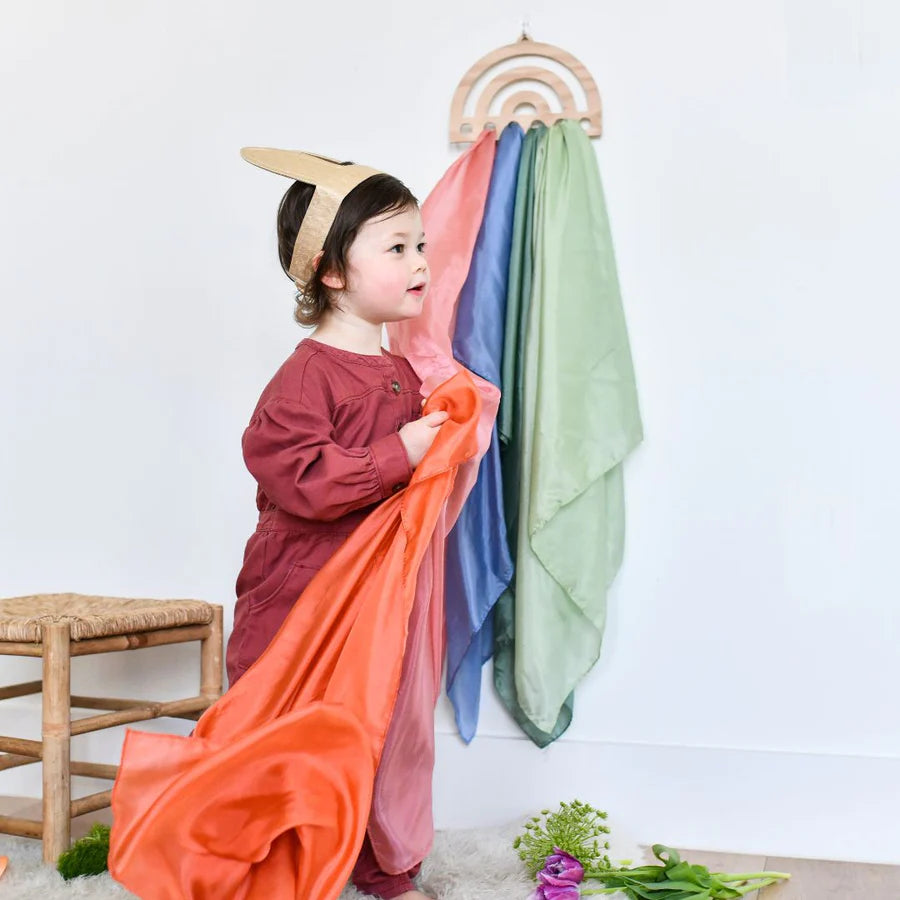

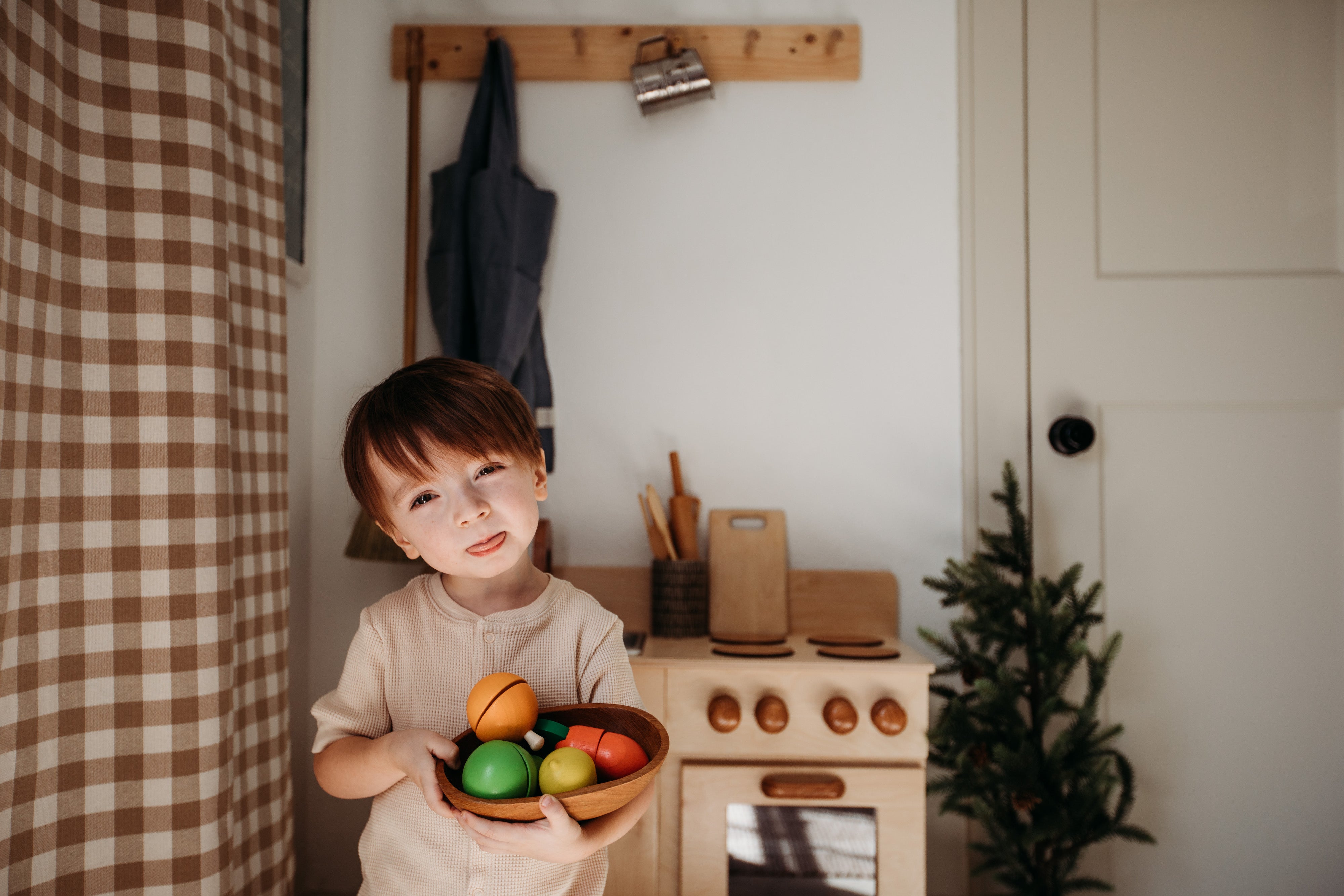
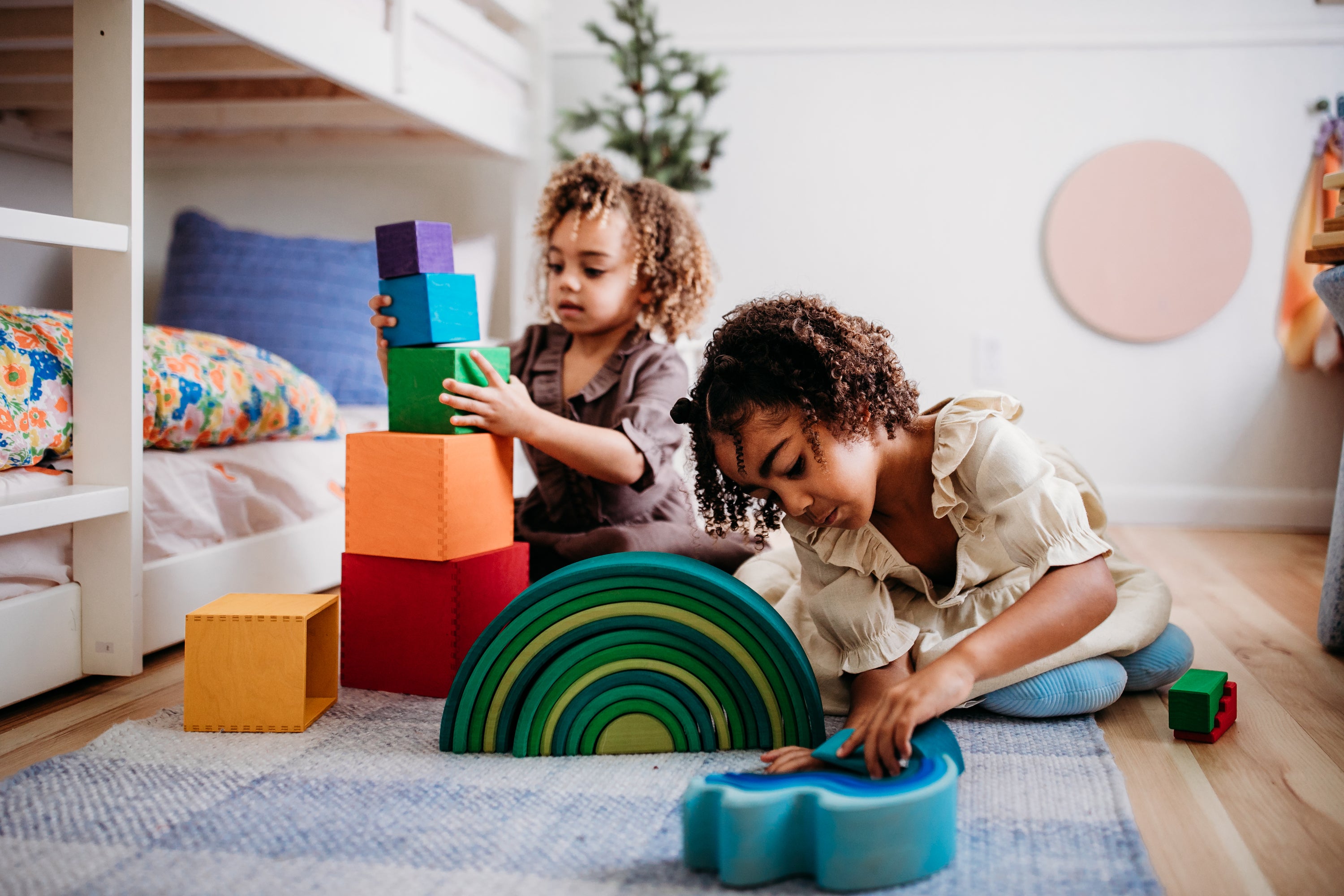
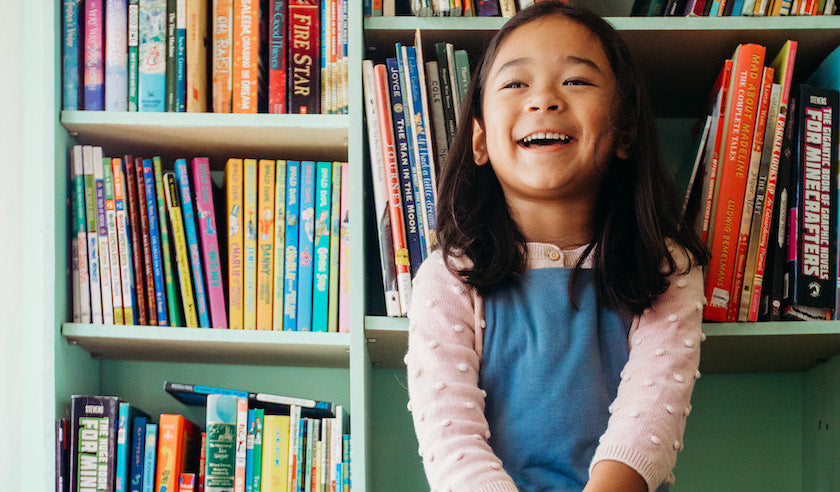
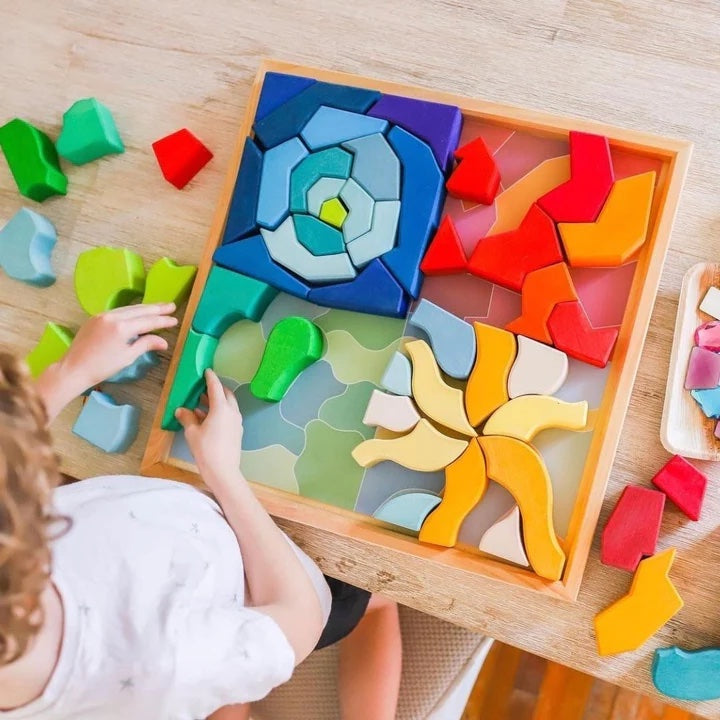
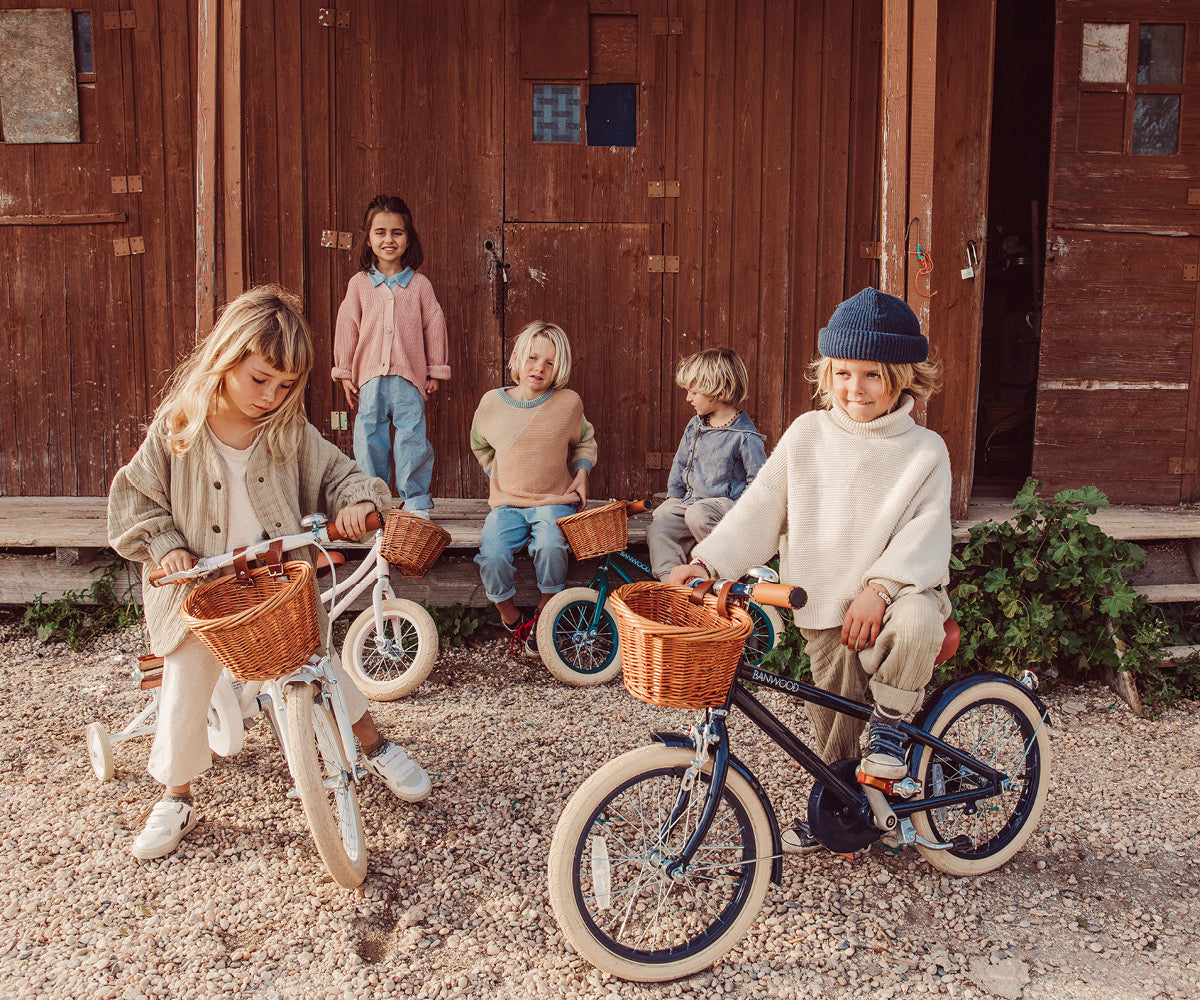




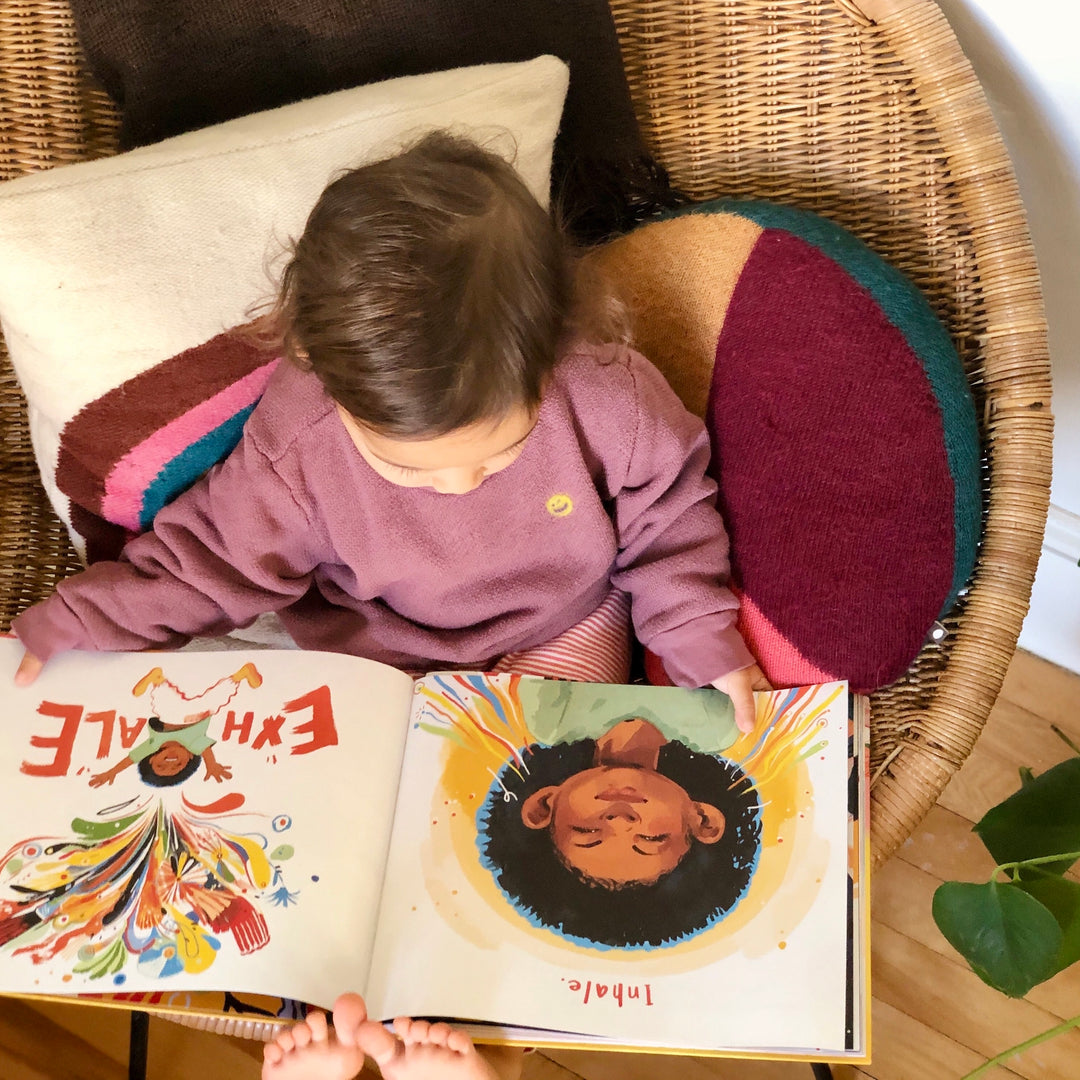

Thank you!
Thank you so much for these ideas and advice!! Would you mind telling me where you purchased your large chalkboard? Thanks in advance!
THANK YOU!
Leave a comment